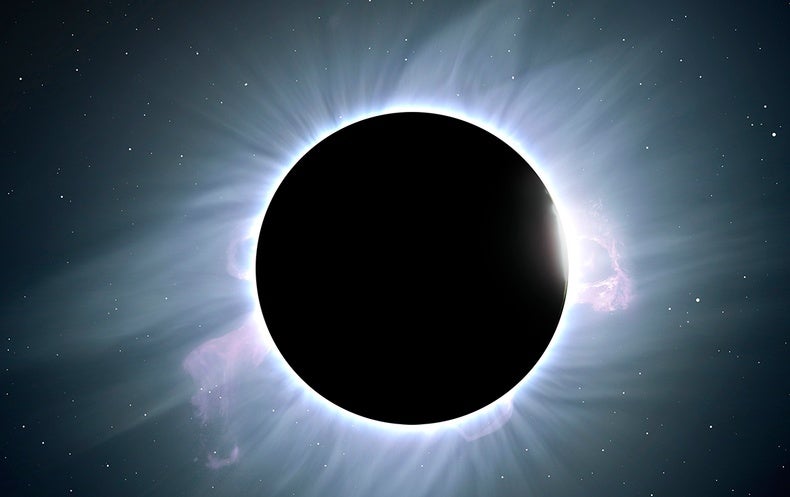

The spacecraft will observe high-energy radiation rippling through the corona from slightly farther away than Parker. That same year, the Solar Orbiter is due to launch, with €780 million in core support from the European Space Agency. It should be able to zoom in on the sun's surface with unrivaled sharpness when operations start in June 2020. With a 4-meter mirror, DKIST is more than twice the size of the largest existing solar telescopes. Inouye Solar Telescope (DKIST), a $350 million project funded by the U.S.

On the Hawaiian island of Maui, astronomers are putting finishing touches on the Daniel K. The $1.5 billion Parker isn't the only big upcoming project aimed at the sun. Understanding it better could help today's researchers improve their forecasts of solar storms, the gusts of solar wind that crash into Earth's magnetic field and, at their strongest, knock out satellites and electrical grids. For example, what heats the plasma to more than 200 times the temperature of the sun's surface? And how does the solar wind, a stream of plasma particles, escape into space? The solar wind has been a puzzle since solar physicist Eugene Parker, the probe's namesake, described it in 1958. Those data could solve fundamental mysteries. If all goes well, the spacecraft-safe in the shadow of the shield-will beam back a record of the corona's plasma and the tangled net of magnetic fields that shape it.

"We've put multiples of them through all their paces." "We've put it through all its paces," she says, her voice echoing in the cavernous spacecraft assembly room. The heat doesn't come from the million-degree plasma in the corona itself, which is too thin to transfer much energy, but from the sheer glare of the sun. Six weeks after that, Parker will plunge through the sun's corona, a tenuous atmosphere of hot charged particles, or plasma, on the first of two dozen flybys between now and 2024.ĭuring those flybys, the heat shield must keep the probe's fragile electronics safe while temperatures on its surface soar up to a steel-melting 1370☌. That planet's gravity will tip the probe toward the heart of the solar system. Six weeks later, the probe will reach Venus. The real one has headed south to Kennedy Space Center in Florida, where on or soon after 11 August, it will blast off, fastened to the business end of NASA's Parker Solar Probe. Another copy sits nearby, a flight-ready spare sealed in a metal drum stamped with an unintentionally ironic warning: "Do not expose to direct sunlight." On a drizzly day in May at the Johns Hopkins University Applied Physics Laboratory (APL) in Laurel, Maryland, Congdon crouches next to a foil-wrapped test copy of her team's product: a carbon-foam heat shield, a little wider and a lot thinner than a king size mattress. Ignoring the lessons of mythology, Betsy Congdon has spent the first decade of her young engineering career on a singular quest: to build something that will fly dangerously close to the sun.


 0 kommentar(er)
0 kommentar(er)
